By Rabbi Yair Hoffman for the Five Towns Jewish Times
So how should we celebrate a Bas Mitzvah? The stores on Central Avenue in Cedarhurst and Lawrence may really like this one. But read on.
The Gemara (Niddah 45b) tells us that a girl becomes an adult at the age of 12. This tradition was handed down to us by Moshe from Har Sinai as were all the other figures, weights, and amounts.
A girl enters into adulthood a full year earlier than does a boy. The reason for this, as explained by the Gemara, is that Hashem placed more wisdom and understanding into women than into men.
Rav Shlomo Volbe zt”l takes this a step further. When Dovid HaMlech ordained that people should recite 100 blessings a day, he did so because he detected a lacunae in Klal Yisroel’s fear of heaven. To increase that spirituality, Dovid HaMelech ordained that we recite 100 blessings a day. Women, writes Rav Volbe zt”l are exempt – they have a higher level of yiras shamayim and didn’t need the boost.
The extra bina is derived from the pasuk (Bereishis 2:22), “Va’yiven Hashem Elokim es ha’tzeilah—And Hashem built the rib.” The word “Va’yiven” has a double meaning—it refers to both “building” and “understanding.”
Origins of Bas Mitzvah Celebration
Some mistakenly say that the bas mitzvah celebration was invented by the founder of Reconstructionist Judaism, Mordecai Kaplan, in 1922. This is not correct. A celebration for a bas mitzvah is mentioned in the Ben Ish Chai by Rabbi Yosef Chaim (1883–1909), where he writes that the bas mitzvah should be a day of celebration. The bas mitzvah girl should wear a new outfit and recite a Shehecheyanu to celebrate her entrance into the ol mitzvos, the responsibility of observing mitzvos.
So this is where the Central Avenue stores come in. The prents should buy the young lady a new outfit that will make her happy so that she can recite the shehecheyanu. Alternatively, for those who wish to save money – a trip to Gourmet Glatt for an exotic fruit might do the trick as well.
Kaplan took it from the basmitzvah celebration of the Italian Jewish communities of Milan and Torrino. There, the girls would stand before the AronKodesh and recite special prayers that ended with a Shehecheyanu. The rav of these communities then spoke and gave them a berachah. A seudah followed in the home of the basmitzvah girl.
Seudas Bas Mitzvah
There are many opinions about whether a seudas basmitzvah is considered a seudas mitzvah. This question was posed to Rav Moshe Feinstein, zt’l, a number of times. In a letter to Rabbi Boruch Poupko dated 11 Shevat 5716, Rav Moshe states that it is not considered a seudas mitzvah whatsoever, and if he had the capacity he would abolish the custom of celebrations for basmitzvos and barmitzvos as they do not increase anyone’s commitment to Torah and often lead to chillulShabbos.
In a letter written to Rabbi Meir Kahane, Hy’d, when he was the rabbi of a Howard Beach congregation, Rav Moshe Feinstein writes that a basmitzvah celebration should not be held in a synagogue—even if the synagogue was built with a condition, and even if the event is held in the evening. He did write, however, that the rabbi should only take a stand against it if it would not lead to any embarrassment of the parents and if taking the stand would not cause machlokes. Rav Feinstein suggested that a kiddush be sponsored instead, which would be no different than sponsoring a kiddush for any simcha. In order to avoid conflict, it is preferable to ensure that words of Torah be recited at the meal. The meal should not be held in a synagogue if possible. However, using a room adjacent to the sanctuary would be permitted.
On the other hand, Rabbi Yaakov Yechiel Weinberg has written that in our times, it is very appropriate to strengthen the religious faith of our daughters through the bas mitzvah ceremony.
Some schools have stopped the individual celebration of bas mitzvahs where friends are invited. Instead, they make one collective bas Mitzvah for all the girls in the grade, They do allow each girl to celebrate her own individual one with family at home. This has been catching on, although some parents are upset at the new trend. Some girls have a bas Mitzvah project where they take on and adopt a special Mitzvah to celebrate their bas Mitzvah. One young lady in the neighborhood did just that and raised money for a kallah to hold her wedding.
The Blessing of Baruch ShePtarani
The blessing of BaruchShePtarani is not recited for a basmitzvah. There are four reasons for this:
1. Since a daughter remains in her father’s home until marriage, the obligations involved in raising a child continue further until the point of marriage.
2. There is also an opinion that since the daughter’s obligation in Torah knowledge is action-based and not knowledge-based, a father is exempt from teaching her and therefore does not recite the blessing.
3. Rav Moshe Feinstein, zt’l, explains (in a letter to Rabbi Zalman Uri of California dated 9 Iyar 5719) that the blessing is not recited because it is not readily identifiable that a change in halachic status has taken place. In regard to boys, the change is readily identifiable by virtue of his being included in minyanim.
4. There is a view found in the Levush that the actual intent of the blessing “ShePtaranimeOnsho shel zeh” is the opposite understanding of the one that we have. In other words, Blessed be Hashem, who has exempted me from having my punishment meted out upon my children. Girls, however, would never have been included in it in the first place, since they would be affecting a third party—their future husbands. It would be wrong to affect a third party and therefore Hashem would not exact punishment on them. This then would remove the need to recite the Baruch ShePtarani.
After the Bas Mitzvah
Although one is exempt from doing teshuvah in regard to aveiros that one did as a child, the Rema (343:1) writes that one should accept something upon oneself as teshuvah and atonement for these aveiros. The pasuk in Mishlei (19:2) “Even without knowledge it is not good” applies to this case.
• • •
We should keep in mind that the main idea of a basmitzvah and its celebration is that KlalYisrael should be brought ever closer to Avinu SheBaShamayim.
The author can be reached at [email protected] and wishes a special mazel tov to his youngest daughter Shira on her bas Mitzvah.


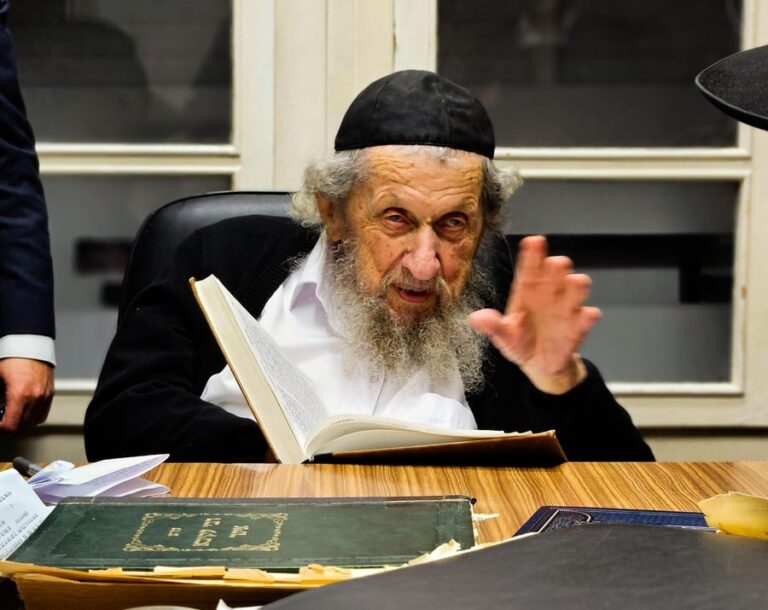
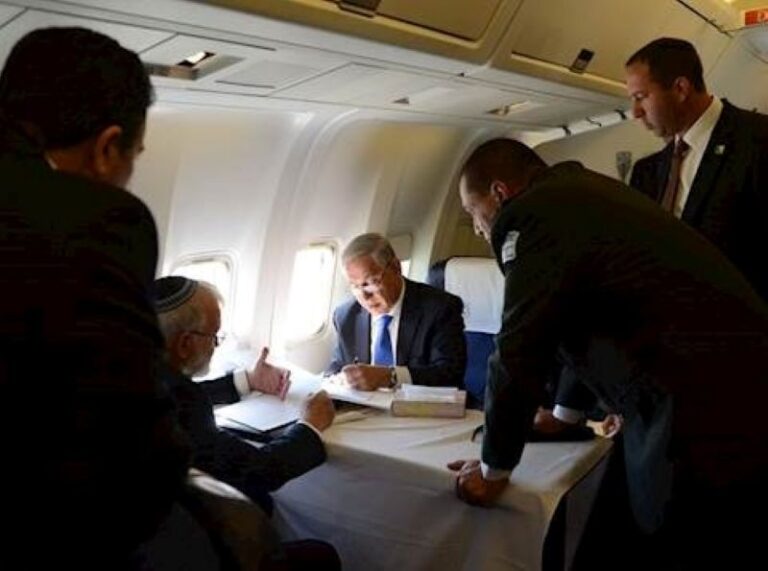
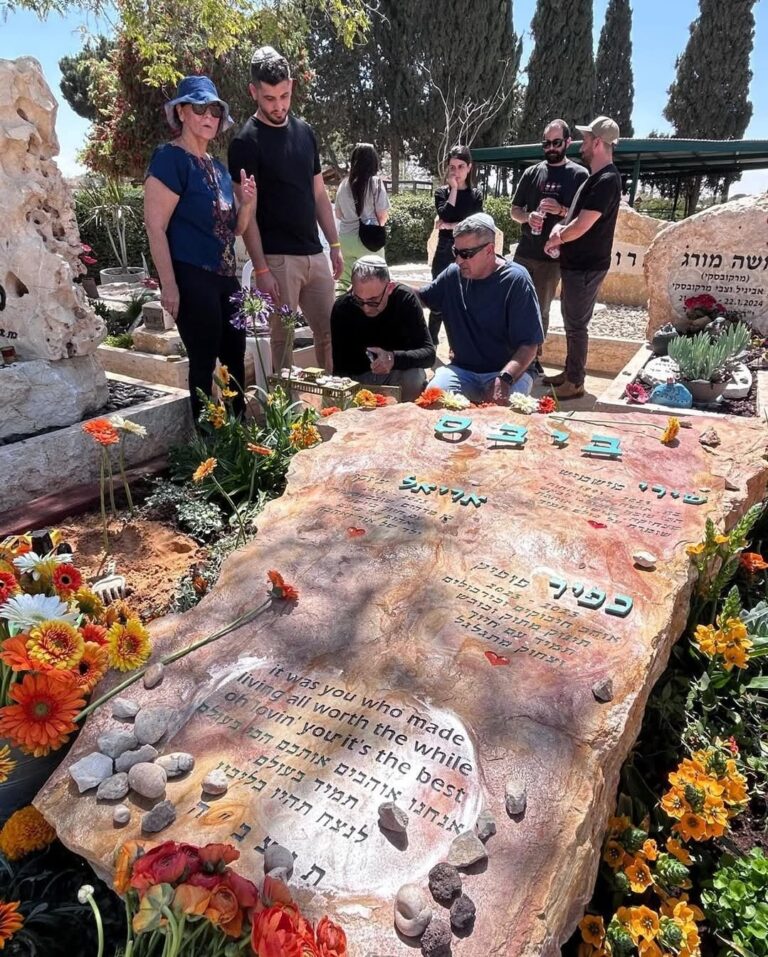

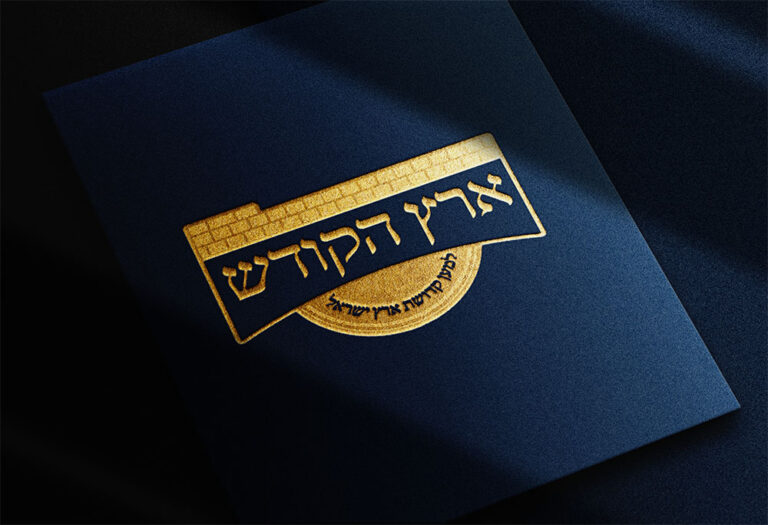
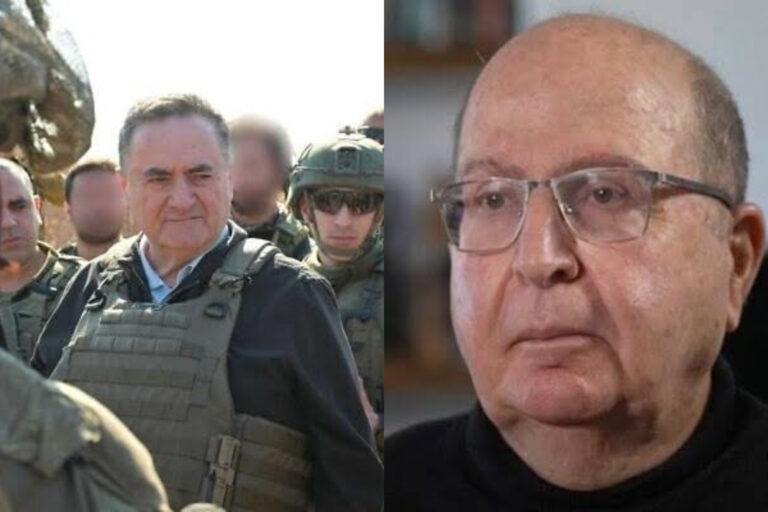
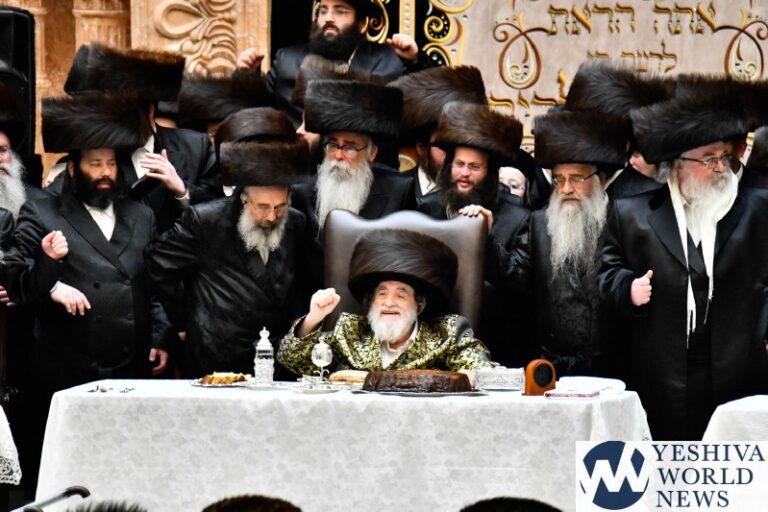
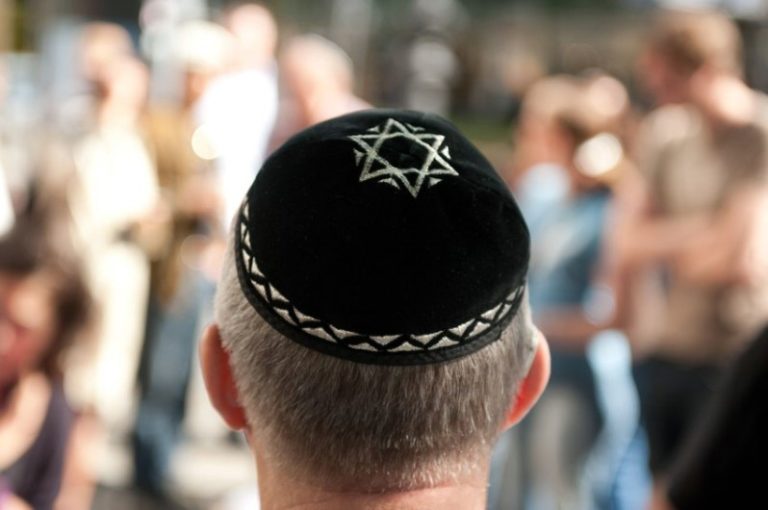
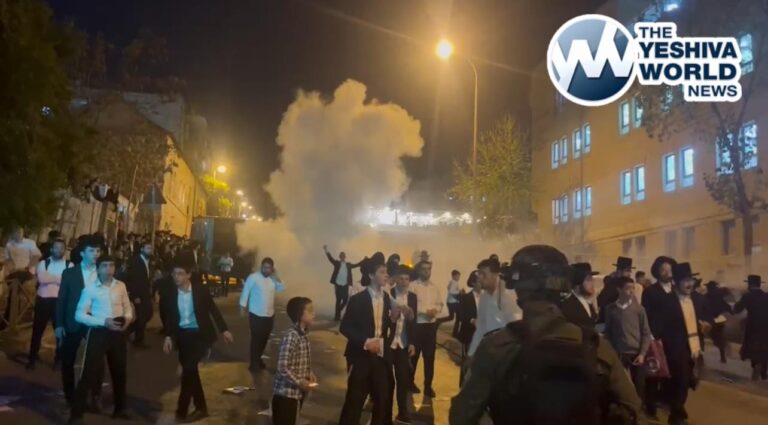

5 Responses
Maybe it would be a good idea for the girls father or brother to make a siyum at the seuda to make it a seudas mitzva and avoid sfeikos.
It’s actually not a sofek at all. And it is not a Seudas mitzvah. Of course a siyum would allow it to be a Seudas Mitzvahs of a siyum.
Rather than doing all we can to encourage Bnos Yisroel to pursue a dual track of pursuing their limudei kodesh and secular studies, this trend of not celebrating the individual baas mitzvah of each young woman only reinforces a negative self-image when so much emphasis is placed on the boys’ bar mitzvahs. While there admittedly differences in hashkafah between MO and the more frum segments of the tzibur in how baas mitzvahs are recognized, we need to do all we can to promote the sense of self-worth of girls within a framework of daas torah at a time when there are so many pressures in the opposite direction.
# 1 – Or the girl herself could make a siyum?
Jake L Im not sure if a siyum on nach counts as a seudas mitzva. Maybe it does i actually don’t know. ( I do remember someone quoting a posek don’t remember who, that a siyum on nach counts for taanis bechoros.
Gadol Hatorah I totally hear that.